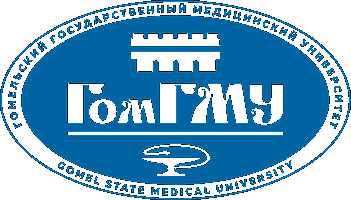Показать сокращенную информацию
Heterogeneity of nanomechanical properties of the human umbilical vein endothelial cell surface
| dc.contributor.author | Starodubtseva, M. N. | |
| dc.contributor.author | Nadyrov, E. A. | |
| dc.contributor.author | Shkliarava, N. M. | |
| dc.contributor.author | Tsukanava, A. U. | |
| dc.contributor.author | Starodubtsev, I. E. | |
| dc.contributor.author | Kondrachyk, A. N. | |
| dc.contributor.author | Matveyenkau, M. V. | |
| dc.contributor.author | Nedoseikina, M. S. | |
| dc.date.accessioned | 2021-05-17T13:23:51Z | |
| dc.date.available | 2021-05-17T13:23:51Z | |
| dc.date.issued | 2021 | |
| dc.identifier.citation | Heterogeneity of nanomechanical properties of the human umbilical vein endothelial cell surface / M. N. Starodubtseva [et al.] // Microvascular Research. – 2021. – Т. 136. - С. 104168. | ru_RU |
| dc.identifier.uri | http://elib.gsmu.by/handle/GomSMU/8339 | |
| dc.description.abstract | Endothelial cells, due to heterogeneity in the cell structure, can potentially form an inhomogeneous on structural and mechanical properties of the inner layer of the capillaries. Using quantitative nanomechanical mapping mode of atomic force microscopy, the parameters of the structural, elastic, and adhesive properties of the cell surface for living and glutaraldehyde-fixed human umbilical vein endothelial cells were studied. A significant difference in the studied parameters for three cell surface zones (peripheral, perinuclear, and nuclear zones) was established. The perinuclear zone appeared to be the softest zone of the endothelial cell surface. The heterogeneity of the endothelial cell mechanical properties at the nanoscale level can be an important mechanism in regulating the endothelium functions in blood vessels. | ru_RU |
| dc.language.iso | en_US | ru_RU |
| dc.publisher | Microvascular Research | |
| dc.subject | human umbilical vein endothelial cells | ru_RU |
| dc.title | Heterogeneity of nanomechanical properties of the human umbilical vein endothelial cell surface | ru_RU |
| dc.type | Article | ru_RU |
| dc.identifier.doi | https://doi.org/10.1016/j.mvr.2021.104168 |
Файлы данного ресурса
| Файл | Размер | Формат | Просмотр |
|---|---|---|---|
|
В этом документе нет ни одного файла. |
|||
Данный элемент включен в следующие коллекции
-
2021 [81]
